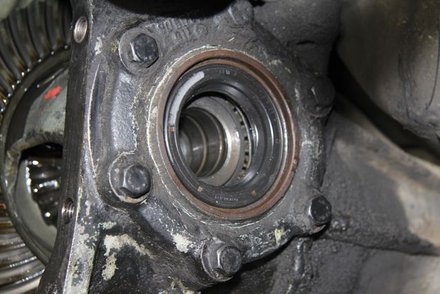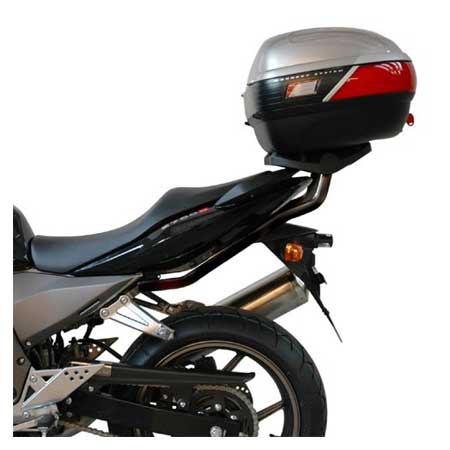If it’s black or dark brown, greasy, and located under the engine area: It’s probably oil. Figure out which part of the vehicle was over the spot. Look under the hood around the oil filter and the engine and under the vehicle for leaks around the oil drain plug, the crankcase, and the oil pan below it.
A leak of any kind should be addressed immediately, but an engine oil leak even more so. Knowing what causes engine oil leaks will help you know where to look and how to start fixing it yourself. Don’t ignore it, or hope it fixes itself. An engine vacuum leak is a malfunction that has to be corrected in order for the engine to operate at full efficiency.
If the leak is foun the engine will likely smooth out as the flammable mixture makes up for the lean air-fuel ratio. A seep is a slow leak that, over a long period of time, allows oil to escape the seals. Typically all engines will eventually seep oil. Once a leak starts to get bigger, you might be able to see oil dripping when your car is parke and the engine is running. Checking your oil level is the only way to determine if it’s safe to drive with an oil leak or not.
The first engine oil sealant formulas were designed to clog the hole through which the oil was leaking. Some of the first patented oil stop leak products were basically castor oil containing ground nut shells.






